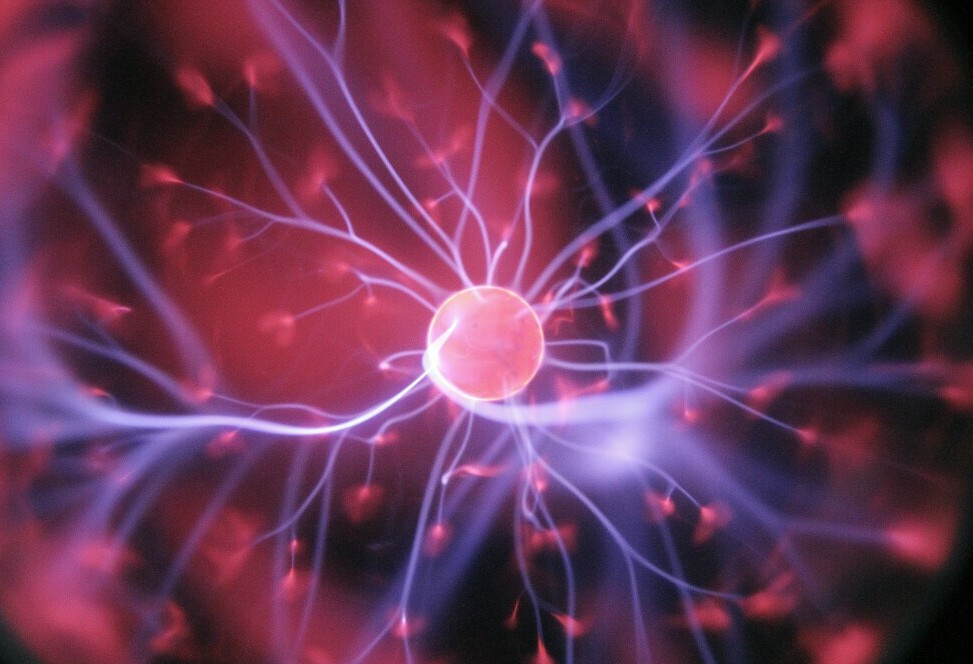Understanding the Transition: From 3D to 5D
In recent years, discussions about dimensionality have permeated various fields, from physics to spirituality and even personal development. While most people are familiar with the three spatial dimensions that define our physical reality—length, width, and height—there is an intriguing conversation around the more abstract concepts of higher dimensions, particularly the transition from 3D to 5D. This blog post aims to explore this transition, examining its implications in both the material world and the realms beyond, while providing a comprehensive overview of these dimensions.
Defining Dimensions: A Brief Overview
Before delving into the transition, it’s essential to grasp what we mean by dimensions. In scientific terms, a dimension represents a measurable extent of some kind, an aspect of reality that can be quantified or qualitatively described.
1. The 3rd Dimension (3D)
The third dimension is the world we inhabit—characterized by three spatial dimensions:
- Length
- Width
- Height
3D space allows us to perceive objects with volume and spatial relationships. Everything from the buildings we live in to the objects we use daily exists within this dimensional framework. In essence, it represents the tangible reality experienced through our senses.
2. The 4th Dimension (4D)
Moving beyond the physical, the fourth dimension is often associated with time. In physics, especially in the context of General Relativity proposed by Einstein, spacetime merges time with the three spatial dimensions, forming a four-dimensional continuum. This perspective allows us to understand how objects move and interact over time, offering a more comprehensive view of the universe.

3. Exploring the 5th Dimension (5D)
The fifth dimension transcends the mere combination of space and time. While definitions may vary between scientific, personal development, and spiritual contexts, common interpretations of the fifth dimension include:
- Symbolic Representation of Higher Consciousness: In spiritual frameworks, 5D is often regarded as a plane of existence characterized by heightened awareness, interconnectedness, love, and compassion. It reflects a shift toward a more unified understanding of reality, where individual experiences merge into collective consciousness.
- An Additional Spatial Dimension: In the realm of theoretical physics, the idea of the fifth dimension could signify another spatial dimension beyond the three we perceive, potentially influenced by string theory or other advanced models. This dimension could explain phenomena beyond our current understanding and possibly give insight into the fundamental nature of the universe.

The Transition: From 3D to 5D
The transition from 3D to 5D can be contextualized through various perspectives. Below are some dimensions of this transition in both spiritual and scientific terms.
1. The Spiritual Perspective: Awakening to 5D
In the spiritual realm, many argue that humanity is undergoing an awakening process, moving from a predominantly 3D existence, marked by materialism, fear, and separation, toward a more enlightened 5D state characterized by unity, love, and higher consciousness.
Key Features of This Transition Include:
- Awareness and Mindfulness: As people become more aware of their thoughts and emotions, they begin to realize the interconnectedness of all beings. This heightened mindfulness leads to a more compassionate and loving approach to life and relationships.
- Letting Go of Limiting Beliefs: The move from 3D to 5D involves shedding fears and limiting beliefs rooted in materialism. It promotes the idea that individuals can create their reality—fostering empowerment and a sense of agency.
- Collective Consciousness: Transitioning into 5D emphasizes the importance of the collective over the individual. This shift entails recognizing that individual actions have far-reaching impacts and promoting global cooperation and unity.
- Increased Intuition and Creativity: As consciousness expands, individuals often experience a surge in intuition and creativity. This allows for innovative solutions to global challenges and a deeper connection to self.

2. The Scientific Dimension: From 3D to 5D
From a scientific perspective, the transition from 3D to 5D is more abstract and less about personal experience. It involves exploring theories beyond our conventional understanding of space-time.
Theoretical Constructs Include:
- String Theory and Extra Dimensions: In theoretical physics, string theory posits that in addition to the familiar four dimensions, the universe might have additional compact dimensions that influence physical properties at subatomic levels. The fifth dimension in this context could be a way to reconcile quantum mechanics and general relativity.
- Multiverse Theory: Another scientific perspective on higher dimensions includes the multiverse theory, which posits the existence of multiple universes with different dimensional properties. Transitioning to 5D could represent a leap into one of these alternate realities.
- Interconnected Forces: The transition from 3D to 5D in physics might also include understanding how different fundamental forces and interactions could manifest in higher dimensions.

Implications of Transitioning to 5D
Whether viewed through a spiritual lens or a scientific framework, the transition from 3D to 5D offers profound implications for the way we understand reality.
Personal Transformation
Individuals transitioning into 5D consciousness often notice significant transformations in how they interact with the world:
- Heightened Empathy: As one becomes more attuned to the collective, a natural increase in empathy fosters better interpersonal relationships and community-oriented mindsets.
- Focus on Sustainable Living: Emphasizing interconnectedness can encourage more sustainable practices, recognizing that individual choices impact the broader environment.
Societal and Global Changes
A shift towards 5D awareness suggests broader societal transformations, including:
- Shift in Governance: Emphasis may move towards more collaborative governance structures that prioritize collective well-being over individual profit.
- New Economic Models: The economic paradigm could shift from one focused on consumerism to models that prioritize well-being, health, and sustainability.
Conclusion: Embracing the Journey from 3D to 5D
The transition from 3D to 5D represents more than just a physical or philosophical shift; it offers a pathway towards greater understanding of ourselves and the universe. While the implications may vary between spiritual and scientific contexts, the essence remains rooted in an expansive exploration of consciousness, connectedness, and existence itself.
As we navigate this transition, embracing curiosity and openness will likely be our most valuable assets, guiding us towards a more harmonious existence in the realms of both seen and unseen dimensions. Whether you view this transition as a personal journey of awakening or a scientific exploration into the fabric of reality, one thing is clear: understanding the movement from 3D to 5D challenges us to expand our perceptions and embrace the infinite possibilities that lie ahead.

Grant Edward Rayner